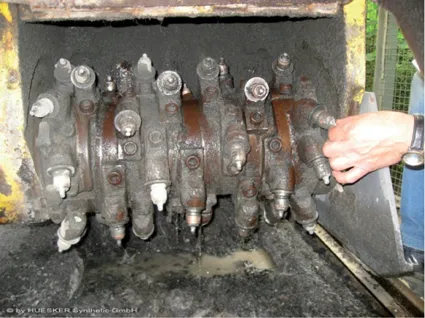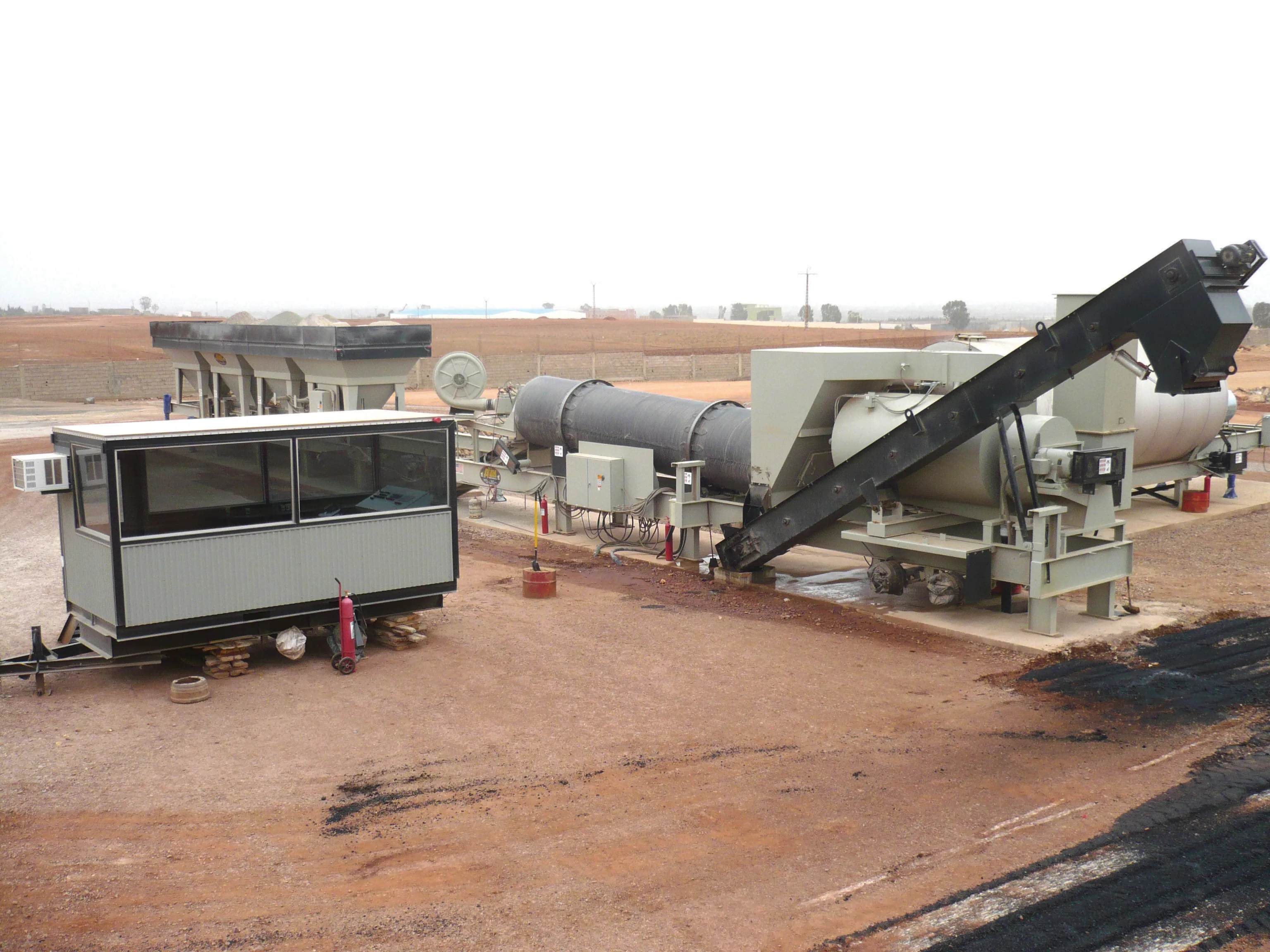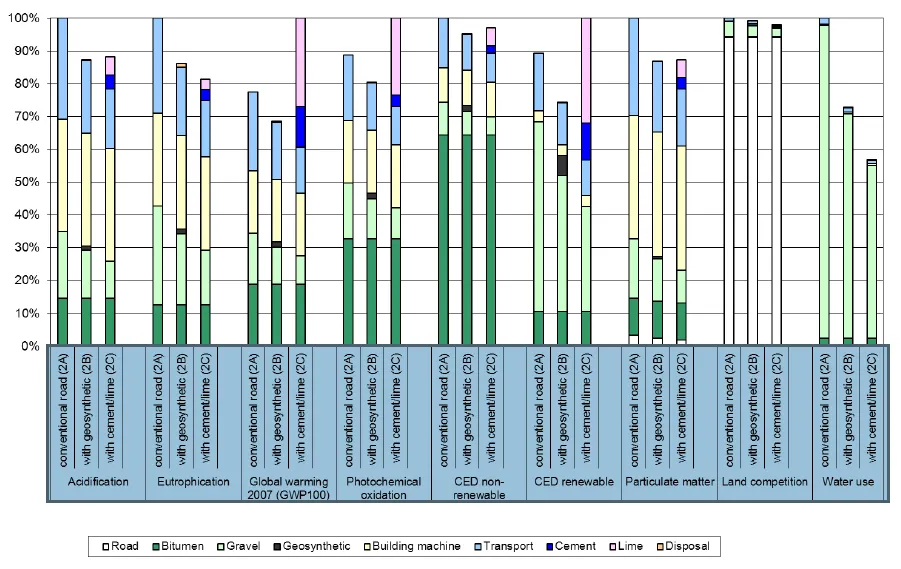Special reinforcements can extend the life of an old or new road, and also offer environmental benefits. Patrick Smith reports. Asphalt reinforcement can extend the service life of a resurfaced road by a factor of 3-4, says Huesker, developers of the HaTelit range of asphalt reinforcement. Aimed at preventing the propagation of reflective cracking from an old asphalt layer through a new surface course, Huesker claims the formation of reflective cracking is considerably delayed or even completely prevented u
July 12, 2012
Read time: 4 mins

Special reinforcements can extend the life of an old or new road, and also offer environmental benefits. Patrick Smith reports.
Asphalt reinforcement can extend the service life of a resurfaced road by a factor of 3-4, saysThe reinforcement grid made from high-modulus polyester is combined in the factory with an ultra-thin nonwoven installation aid. Both are given a bituminous coating to ensure the optimum bond between the asphalt layers, an important parameter in the functioning of asphalt reinforcement (a reinforcing effect can only be achieved where the bond is capable of transmitting the forces).
"However, even the best asphalt reinforcement cannot guarantee an asphalt road will have an infinite life. The ease of removal of surfacing, by milling among other methods, is an increasingly frequent focus for discussion," says Huesker.
So it carried out milling trials in conjunction with Mischwerk Schwelm (in 2004) and RWTH Aachen University, Germany (in 2008) to demonstrate that a polyester grid (in this case HaTelit) can be milled as normal and the millings can be recycled.
The Mischwerk Schwelm trial length included a 0.6kg/m² bitumen emulsion (U70K) coating sprayed onto an existing asphalt base with a layer of HaTelit installed, overlaid with a 40mm thick asphalt surface course. It was removed after six weeks by a
The HaTelit reinforcement grid had no detrimental effect on the milling operation, and the crushed millings were added at a rate of 30% to the mix for a new asphalt base layer, which was then laid in the test length. Testing the mix for the new base showed negligible differences compared with the reference sample without reinforcement fibres.
The influence of HaTelit asphalt reinforcement on milling characteristics was also investigated under defined conditions by the Institute of Road and Traffic Engineering at the RWTH Aachen University.
On its test bed, various test lengths of road construction, including some that went beyond the limits of RStO 01, the German road construction design and maintenance manual, were laid on a frost-heave protection layer.
The investigation aimed to analyse and evaluate the milling characteristics of the reinforced road construction in terms of process engineering and the machinery used (a 500mm drum width milling machine was used for the milling tests).
In addition to investigating particle size distribution and the type and size of reinforcement fibres in milled asphalt, the possibility of recycling the removed asphalt, containing reinforcement fibres in the form of asphalt granulate in bitumen-bound layers, was examined.
A 60mm asphalt binder course and an asphalt base were laid over the frost protection layer; the polyester asphalt reinforcement (HaTelit) was installed and overlaid with a 40mm asphalt surface course.
The test bed was divided into two different test lengths, and on the first, the wearing course was milled down to a few millimetres above the asphalt reinforcement thus leaving the reinforcement in place during refurbishment.
"Although the asphalt reinforcement had a remaining cover of only a few millimetres, no detachment nor removal of fibres of the asphalt reinforcement by debonding was observed. The millings were solely composed of the asphalt layer material," says Huesker.
In the second trial, the asphalt surface course and the first centimetre of the asphalt binder course (including reinforcement) were removed by the milling machine in a single milling operation, a procedure recommended by Huesker for the removal of HaTelit-reinforced roads.
The RWTH Aachen University confirms that during removal of the material (from the process engineering point of view) no detrimental effect on the milling operation was observed: the millings were finely graded, and the fibres of asphalt reinforcement produced from the milling process were evenly distributed in the millings. After milling, the drum was checked for adhering fibres (over the whole test bed only two fibres had been trapped) with no detrimental effects on the milling process being observed.
"No negative indications were observed in the course of the asphalt testing to determine the effect of asphalt reinforcement fibres on recyclability (on the basis of Marshall stability parameters)."
It should be mentioned that both milling tests took place using a small milling machine. It therefore can be assumed that more powerful machines used for larger areas would not suffer any detrimental effect on their milling speed, added Huesker.
Huesker has been producing asphalt reinforcement for almost 40 years. To date the company has not encountered any complaints relating to the removal of HaTelit-reinforced roads.









